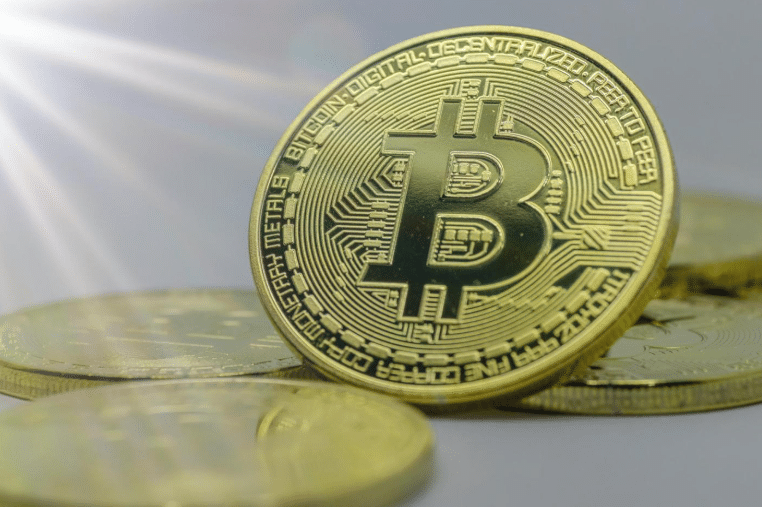The world of cryptocurrencies is a fast-moving sphere, greatly changing our vision of money in digital assets and financial technologies as well. The most significant coins of 2025 will certainly be Bitcoin, Ethereum, and Solana; they are truly distinctive representations of this still-developing economy in digital terms.
The Resurrection of Bitcoin
Bitcoin without a doubt has gone through incredible growth in the first half of 2025. Effective LW upgrades and further institutional adoption have turned Bitcoin into more than being just a store of value.
Major financial institutions have included Bitcoin in their major products, and the best online casinos with Bitcoin in 2025 have greatly transformed the digital entertainment space as a whole, demonstrating the flexibility of cryptocurrency transactions in all sectors.
What is more interesting, though, is how Bitcoin’s role has been gradually evolving from speculative asset to a mainstream financial product, held in the sovereign wealth funds of different countries.
Ethereum’s Protocol Evolution
Ethereum’s merger with a fully optimized proof-of-stake has given it a new life. The platform’s energy consumption is now 99.9% which is lower than during its proof-of-work era. This is huge and it is addressing one of the biggest grievances regarding cryptocurrency’s environmental impact. Layer-2 solutions have also matured, providing transactional throughput comparable to traditional payment systems without compromising any principles of decentralization.
The Rise of Solana
Solana’s trajectory in 2025 has surprised many skeptics. This high-performance blockchain became the go-to platform for dApps requiring very high speeds and scalability.
Hence, it would be able to facilitate hundreds of thousands of transactions per second with negligible fees, thus starting to attract the attention of developers from conventional tech giants. Consequently, this has birthed game-changing applications in the realms of gaming, social media, and financial services.
The Interoperability Revolution
The most striking evolution to look at in 2025 might come from the deeper interoperability among the three: the ease and security of cross-chain bridges make transfers between the networks seamless. The result is a healthy cryptocurrency ecosystem where the strong points of the various platforms supplement one another.
Regulatory Landscape and Adoption
By this point, the regulatory landscape had significantly improved and offered greater clarity on how to conduct cryptocurrencies. Governments around the world, after much deliberation, began implementing clear frameworks for taxation, anti-money laundering (AML) compliance, and consumer protections. This, without question, helped to establish trust among both institutional and retail investors.
Due to this, traditional financial institutions were able to create crypto investment products of greater sophistication, including diversified funds and index-linked instruments.
Retail adoption accelerated via easier-to-use apps, improved educational content, and the inclusion of crypto-focused courses in mainstream financial education programs. Such initiatives significantly lowered barriers to entry for new investors in the crypto space.
Technical Innovations and Challenges
There are technological issues for each network. While adopting a security-first approach, Bitcoin is still working on scaling solutions. Developers prioritize ongoing gas cost reduction and throughput of the Ethereum network.
If we talk about Solana, its developers tirelessly deal with variable network stability problems as they scale the validator network. Innovations such as decentralized autonomous organizations (DAOs) and privacy-focused solutions are, quite frankly, also being explored to address concerns around governance and user anonymity.
Research on quantum resistance keeps on to make sure these networks stay safe even as computer technology develops. These initiatives highlight the adaptation and fortitude of blockchain ecosystems.
Market Dynamics and Economic Impact
The relationships between them and with more conventional financial markets have become increasingly sophisticated. Bitcoin now has a greater correlation with more traditional safe-haven assets, while Ethereum and Solana are more aligned with the technology sector.
This has also diversified crypto portfolios, which are potentially better insulated against market volatility. The broader integration of digital assets into financial systems has introduced a new level of liquidity, enabling investors to diversify across both traditional and emerging asset classes. In turn, this has paved the way for greater financial inclusion, as blockchain-based platforms increasingly offer services to previously unbanked populations worldwide.
In Closing
The road ahead for crypto looks brighter than ever. Bitcoin cements its position as digital gold, Ethereum becomes the backbone of decentralized finance, and Solana takes blockchain performance to the next level. All these coexist in synergy, forming one coherent ecosystem, which further gets integrated into the global financial infrastructure with each passing day.
There will still be challenges, but one can’t deny the maturity across these networks marks a foray into a future where digital assets finally hold a mainstream place in the world’s economy. The trick to success does not lie in competition but in collaboration, with each bringing its particular strengths in the creation of a broader, more inclusive, and effective financial system.
Disclaimer: This is a paid post and should not be treated as news/advice.



![MANTRA [OM] – Up by 20x since March, altcoin’s next step will be…](https://hamsterkombert.com/wp-content/uploads/2025/02/MANTRA-OM-–-Up-by-20x-since-March-altcoins-next.webp-150x150.webp)